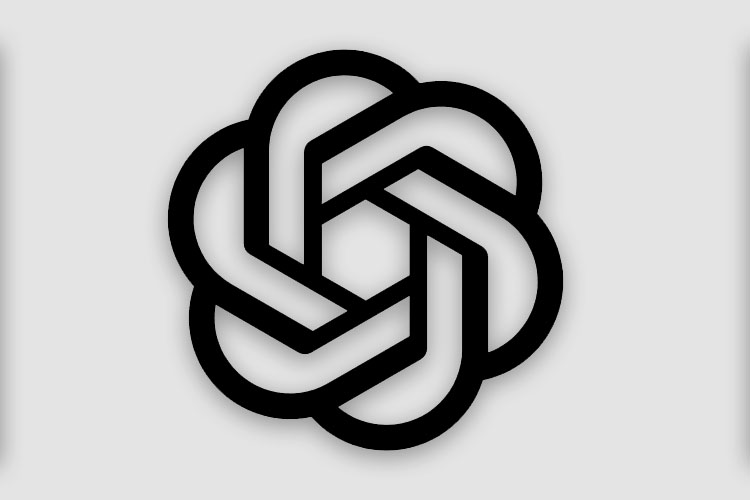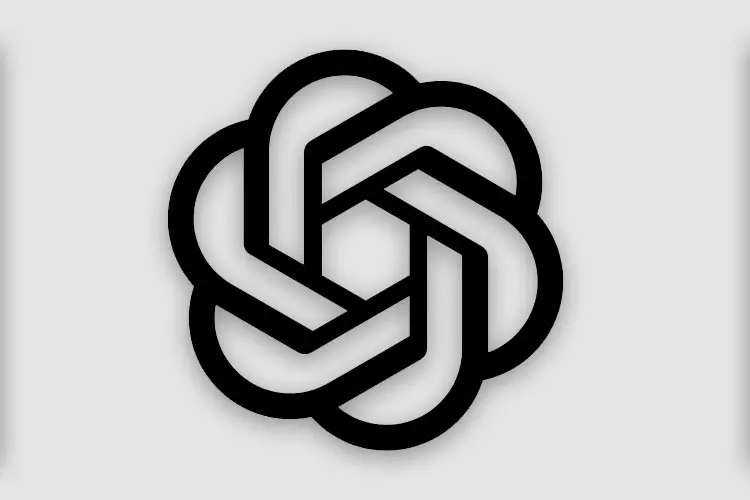ChatGPT, developed by OpenAI, is a powerful language model that has been used in a variety of applications. One of the key features of ChatGPT is its ability to understand and respond to natural language input, making it well-suited for applications such as chatbots, language translation, and text summarisation.

One example of a company that has used ChatGPT for a chatbot application is XYZ Corporation. They implemented a chatbot that uses ChatGPT to understand and respond to customer inquiries about their products and services. The chatbot was able to handle a wide range of questions, from simple requests for information to more complex troubleshooting. Customers reported that the chatbot was able to provide helpful and accurate responses, making the overall customer experience more efficient and satisfying.
Another example is a news organization which used ChatGPT to generate news article summaries. They trained the model on a large dataset of news articles and fine-tuned it to generate summaries of new articles as they were published. The resulting summaries were found to be accurate and coherent, saving editors time and resources.
A language-learning platform also used ChatGPT for automated language translation. They trained the model on a dataset of bilingual texts and fine-tuned it for specific language pairs. The resulting translations were found to be more accurate and natural-sounding compared to other existing machine translation methods.
These are just a few examples of the many ways in which ChatGPT has been used in various industries. Its pre-training and scalability make it an attractive choice for developers and researchers looking to build advanced language-based applications. Additionally, its ability to generate human-like text has the potential to revolutionise the way we interact with computers, making them more natural and intuitive to use.
How it benefits for the students?
ChatGPT can benefit students in a number of ways. One of the most significant benefits is its ability to understand and respond to natural language input. This can be used to create educational chatbots that can help students with their studies. For example, a chatbot could be used to answer students’ questions about a particular subject, provide explanations of difficult concepts, or give feedback on their work.
Another way ChatGPT can benefit students is through its ability to generate human-like text. This can be used to create educational content, such as practice problems and quizzes, that are more engaging and interactive. For example, ChatGPT can be trained on a dataset of math problems and then be fine-tuned to generate new problems that are similar in style and difficulty to those in the training set.
Additionally, ChatGPT can also be used for automated language translation, which can help students who are learning a new language. By fine-tuning the model on a dataset of bilingual texts, it can be used to translate texts and provide more accurate and natural-sounding translations.
Finally, ChatGPT can also be used for text summarization which can help students quickly understand the main points of a text. It can be used to summarize articles, lectures, or books, making it easier for students to review the material and prepare for exams.
In conclusion, ChatGPT can provide students with a range of educational benefits, from providing explanations and feedback to generating engaging educational content and providing translations. Its ability to understand and respond to natural language input and generate human-like text make it well-suited for a variety of educational applications.
Students must keep in mind before using ChatGPT
While ChatGPT can be a powerful tool for students, there are some limitations and potential pitfalls to be aware of when using it. One of the most significant limitations is that ChatGPT is based on statistical patterns it learned from its training data, so it may not always produce accurate or appropriate responses. Therefore, it’s important for students to be critical of the information provided by the chatbot and to verify it with other sources.
Another limitation of ChatGPT is that it can sometimes generate responses that are nonsensical or irrelevant. This can be frustrating for students who are trying to get information or assistance from the chatbot. To avoid this, it is important to give the chatbot a clear and specific question or task to perform.
Additionally, ChatGPT is a model that generates text based on the probability of the input it receives, so it can sometimes generate offensive or inappropriate content. It’s important to be mindful of this and to be aware of the potential biases in the training data, which can be reflected in the responses generated by the model.
Furthermore, ChatGPT is not a substitute for human tutors or teachers, as it may not be able to understand the nuances and context of certain questions or problems, and may not be able to provide the personalization or emotional support that students may need.
In conclusion, while ChatGPT can be a powerful tool for students, it is important to use it with caution and to be aware of its limitations. It may lower students thought process or thinking ability if using it for generating assignments, writing essays and solving most of the problems without giving it a try. It should be used as a supplement to other sources of information and not as a substitute for human assistance. It’s important for students to be critical of the information provided by the chatbot and to verify it with other sources, and to be mindful of the potential biases and inaccuracies that may be present in the responses generated by the model.
ChatGPT Link: https://chat.openai.com/chat
